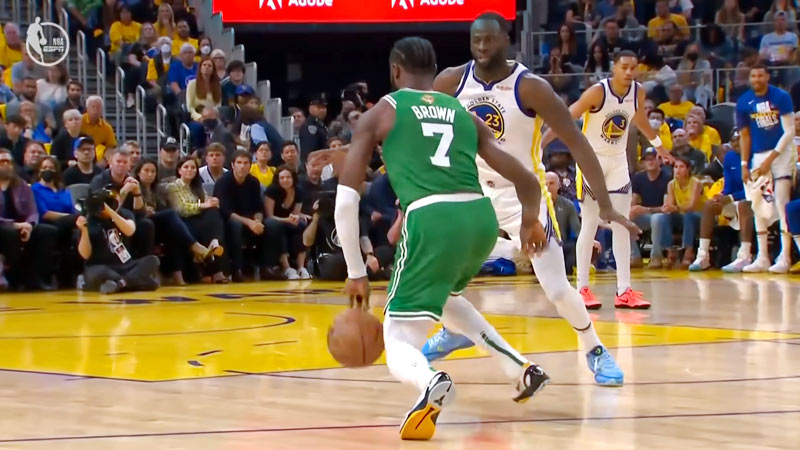In the game of basketball, defense is a critical aspect that can make or break a team’s success.
Effective defensive strategies can disrupt opponents’ scoring opportunities, create turnovers, and control the tempo of the game.
There are various types of basketball defense that teams employ to counter their opponents’ offensive tactics.
In this article, we will explore and delve into the different types of basketball defense, examining their characteristics, strengths, and applications on the court. Stay focused.
What is Basketball Defense?
Basketball defense refers to the set of strategies and techniques employed by a team to prevent their opponents from scoring. It involves players actively guarding their assigned opponents, contesting shots, disrupting passing lanes, and limiting offensive opportunities.
The primary goal of basketball defense is to stop or hinder the opposing team’s ability to score points and gain a competitive advantage. An effective defense requires teamwork, communication, quick reflexes, anticipation, and a solid understanding of defensive principles and strategies.
Different types of defense, such as man-to-man, zone, combination defenses, and pressing, are used to counter various offensive tactics and adapt to different game situations.
A strong defensive effort can not only limit an opponent’s scoring but also create turnovers, generate fast-break opportunities, and swing the momentum in favor of the defending team.
Basketball defense is a fundamental aspect of the game, and teams that excel in this area often have a significant advantage in their quest for victory.
Types of Basketball Defense
In the dynamic game of basketball, teams employ various defensive strategies to counter their opponents’ offensive tactics. These defensive tactics aim to disrupt the flow of the game, limit scoring opportunities, and create turnovers.
Utilizing different types of basketball defense is crucial for teams to adapt to different opponents, exploit weaknesses, and maintain a competitive edge.
From man-to-man defenses to zone defenses, a combination of “junk” defenses, half-court presses, and traps, each type of defense brings its own unique approach and challenges for both the offense and defense.
Let’s explore the different types of basketball defense and their applications on the court.
Man-to-Man Defenses
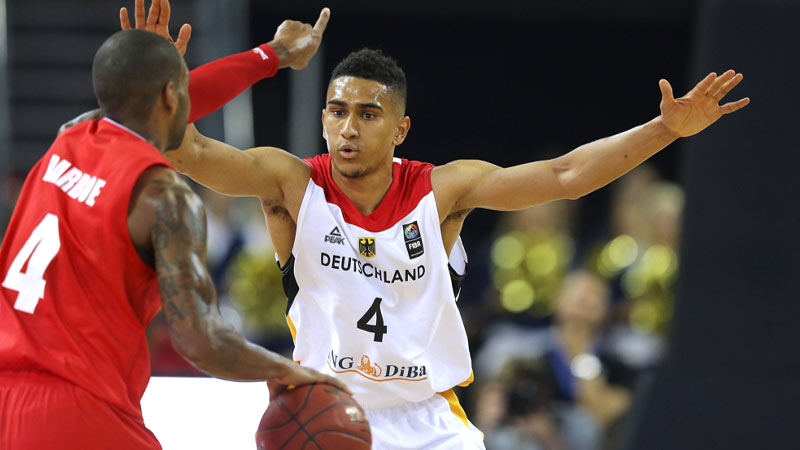
Source: team.fastmodelsports.com
In man-to-man defense, each defensive player is assigned to guard a specific offensive player. It involves individual responsibility for marking the opponent closely, denying their scoring opportunities, and contesting shots.
This defensive strategy requires players to exhibit good footwork, communication, and the ability to switch assignments when necessary.
It emphasizes the importance of on-ball defense, where defenders aim to stay in front of their assigned player, apply pressure, and force them into difficult shots or turnovers.
Man-to-man defense allows for more flexibility in defending screens, cuts, and pick-and-rolls since each defender is responsible for their assigned opponent.
Zone Defenses
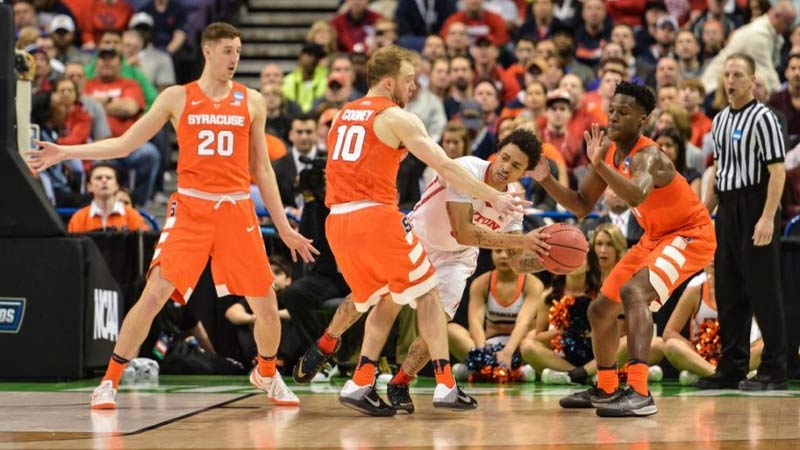
Source: basketballhq.com
Zone defenses involve dividing the defensive players into specific zones on the court, with each player responsible for defending their assigned area.
This strategy aims to protect specific areas of the court, restrict penetration, and force opponents to shoot from outside.
Popular zone defenses include the 2-3 zone, 3-2 zone, and 1-3-1 zone. Zone defenses require good communication and teamwork, as defenders must constantly adjust their positions to cover open areas and close passing lanes.
This strategy can be effective against teams with strong individual scorers or when the defense wants to pack the paint and limit inside scoring opportunities.
Combination of “Junk” Defenses
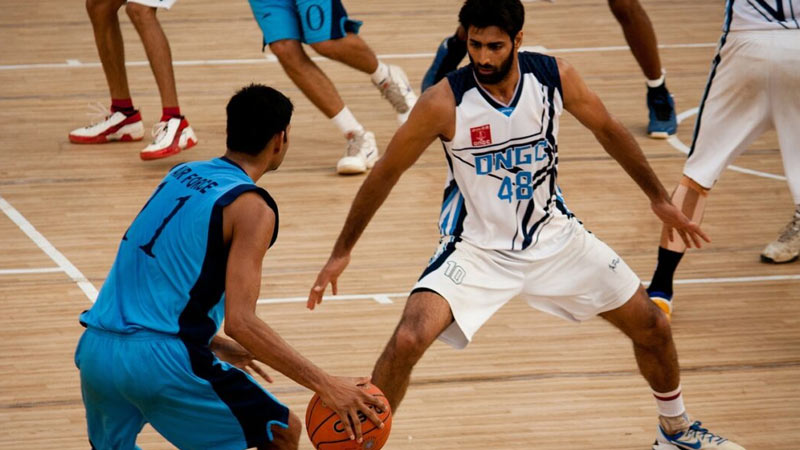
Source: teachhoops.com
Combination defenses, also known as “junk” defenses, combine elements of both man-to-man and zone defenses. They aim to confuse the offense by switching between different defensive strategies throughout the game.
For example, a team may start with a man-to-man defense and suddenly switch to a zone defense to disrupt the opponents’ rhythm.
Combination defenses often involve trapping or double-teaming certain offensive players in specific areas of the court while maintaining zone principles in other areas.
These defenses require players to be versatile, quick-thinking, and capable of seamlessly transitioning between different defensive assignments.
Half-Court Presses and Traps
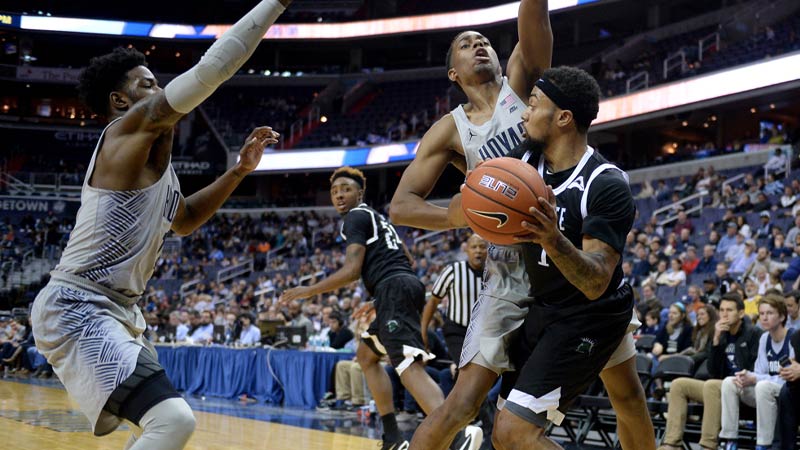
Source: team.fastmodelsports.com
Half-court presses and traps are defensive strategies used to create turnovers and disrupt opponents’ offensive flow.
These tactics involve applying intense defensive pressure on the ball handler and trapping them near the sidelines or corners, forcing them into making errant passes or committing turnovers.
Half-court presses and traps can be initiated in various ways, such as double-teaming the ball handler, using aggressive denial on passing options, or employing quick rotations to cover potential openings.
These strategies aim to disrupt the offensive rhythm, create chaos, and generate transition scoring opportunities for the defense.
Defending Inbounds Plays
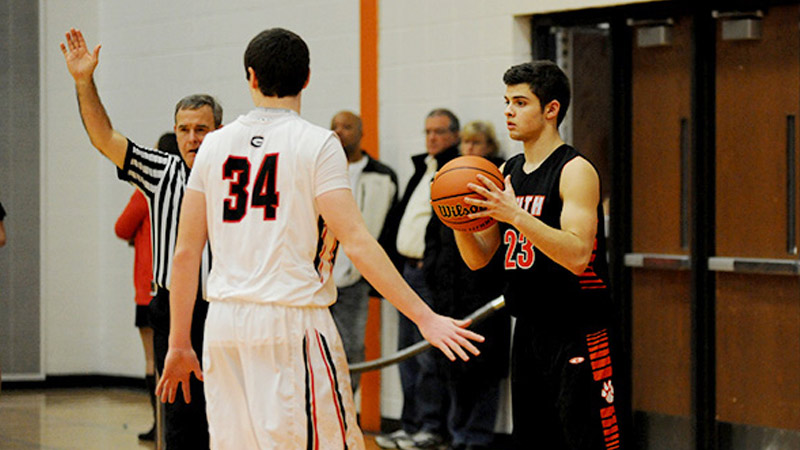
Source: coachad.com
Defending inbounds play is crucial to prevent easy scoring opportunities for the opposing team. Teams employ various strategies, such as denying the inbound pass, sagging into passing lanes, or switching defensive assignments to disrupt the offense’s execution.
Defenders often apply pressure on the inbounder to limit their passing options and force them into making risky passes.
Proper positioning, anticipation, and communication are essential in defending inbounds plays, as defenders must quickly react to screens, cuts, and potential scoring threats.
Press Defenses
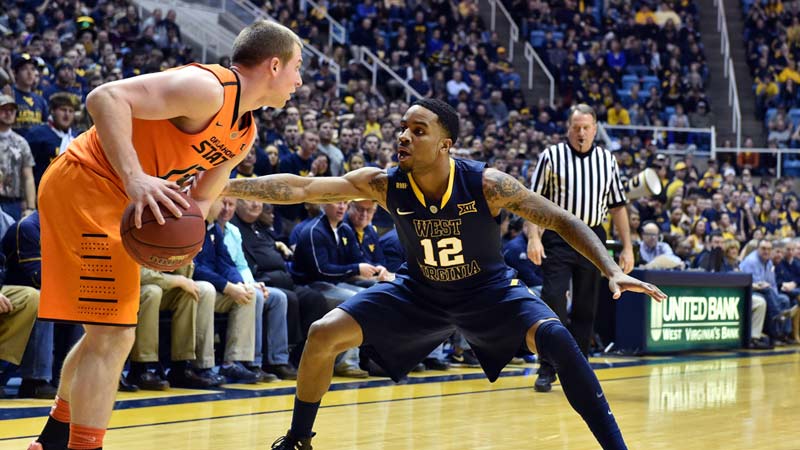
Source: team.fastmodelsports.com
Press defenses involve applying full-court pressure on the opposing team to disrupt their offensive rhythm and force turnovers. This strategy requires quickness, athleticism, and teamwork to trap the ball handler and limit their passing options.
Press defenses aim to create chaos and force opponents into making hurried decisions, resulting in turnovers or rushed shots.
Defenders may employ various trapping techniques, such as double-teaming the ball handler near half-court or using aggressive denial to disrupt passing lanes.
Press defenses can be effective in changing the pace of the game, generating fast break opportunities, and putting pressure on the opposing team’s ball-handling and decision-making abilities.
Important Facts on Basketball Defense
Basketball defense is a critical aspect of the game that can significantly impact the outcome of a match. Here are some important facts to know about basketball defense:
Defensive Stance
A proper defensive stance is the foundation of effective defense. Players should bend their knees, stay low to the ground, and maintain an active and balanced position to quickly react to offensive moves.
Communication
Effective communication among defenders is crucial to ensure proper defensive assignments, and switches, and help defense.
Players should constantly communicate and provide information to their teammates to cover open areas and make defensive adjustments.
On-Ball Defense
On-ball defense refers to guarding the player with the ball. It involves staying in front of the offensive player, applying pressure, and preventing them from driving to the basket or taking uncontested shots.
Good on-ball defenders have quick feet, active hands, and the ability to anticipate offensive moves.
Help Defense
Help defense is the collective effort of teammates to provide support to the on-ball defender. It involves positioning oneself to deter or block the offensive player’s path to the basket, contest shots, and provide help on drives or post-ups.
Rotations
Defensive rotations are essential for covering offensive players who move without the ball. It requires players to quickly adjust their positions and responsibilities to prevent open shots or passing lanes. Proper rotations involve teamwork, communication, and awareness of offensive player movement.
Closeouts
When defending an offensive player who has the ball on the perimeter, closeouts are crucial. It involves sprinting toward the offensive player with controlled footwork, closing the distance, and contesting shots without fouling.
Denial Defense
Denial defense aims to prevent the offensive player from receiving the ball by denying passing lanes and applying pressure on the ball handler. It requires anticipation, quickness, and the ability to disrupt the offense’s timing.
Transition Defense
Transition defense is the ability to quickly get back and set up defensive positions after a change of possession. It involves sprinting back, communicating, and identifying offensive threats to prevent easy scoring opportunities.
Defensive Rebounding
Defensive rebounding is crucial to secure the ball after the opponent’s missed shot. It requires positioning, boxing out opponents, and aggressively pursuing the ball to limit second-chance points.
Steals and Deflections
Defenders should actively try to disrupt the offense by anticipating passes and getting their hands in passing lanes. Steals and deflections can lead to turnovers, fast breaks, and momentum shifts.
Defensive Discipline
Good defensive teams exhibit discipline by staying focused, avoiding unnecessary fouls, and maintaining consistent effort throughout the game. Discipline also involves following the defensive game plan and executing defensive strategies effectively.
Defensive Statistics
The defensive impact can be measured through statistics such as steals, blocks, defensive rebounds, and the opponent’s field goal percentage.
These statistics provide insights into a team’s defensive effectiveness and individual player contributions on the defensive end.
FAQs
How do you decide which type of defense to use in a game?
The choice of defense depends on factors such as the opponent’s offensive strengths, player matchups, the team’s defensive strengths, and the game situation.
Coaches analyze scouting reports, assess the opponent’s tendencies, and make strategic decisions to deploy the most effective defense.
Which defense is better: man-to-man or zone?
There is no definitive answer as both man-to-man and zone defenses have their advantages.
Man-to-man defense allows for individual accountability and versatility, while zone defenses provide better help defense and can disrupt passing lanes.
The choice depends on the team’s personnel, the opponent’s strengths, and the game plan.
How can zone defenses be effective against outside shooting teams?
Zone defenses can be effective against outside shooting teams by packing the defense near the perimeter, making it challenging for shooters to find open space.
By closing out on shooters quickly and contesting shots, zone defenses can limit the effectiveness of outside shooting and force opponents into lower-percentage shots.
Can zone defenses be vulnerable to penetration and inside scoring?
Yes, zone defenses can be vulnerable to penetration and inside scoring if not executed properly.
Quick ball movement, dribble penetration, and accurate passing can create gaps in the zone, allowing offensive players to attack the paint.
Good communication, rotations, and help defense are essential to minimize these vulnerabilities.
How do pressing defenses affect the opposing team’s offense?
Pressing defenses aim to disrupt the opposing team’s offense by applying intense pressure and forcing turnovers. Pressing can lead to rushed decisions, turnovers, and mistakes by the offense.
It can also disrupt the offensive rhythm and prevent the opponent from setting up their desired plays.
Bottom Line
Different types of basketball defenses offer teams a range of options to counter their opponents’ offensive strategies.
The choice of defense depends on various factors, including the team’s strengths, the opponent’s tendencies, and game situations.
By mastering different defensive strategies, teams can become more versatile and effective in preventing scoring opportunities, creating turnovers, and gaining a competitive edge on the court.
The nuances and applications of these defensive tactics can significantly enhance a team’s defensive prowess and overall success in the game of basketball. Best wishes.

